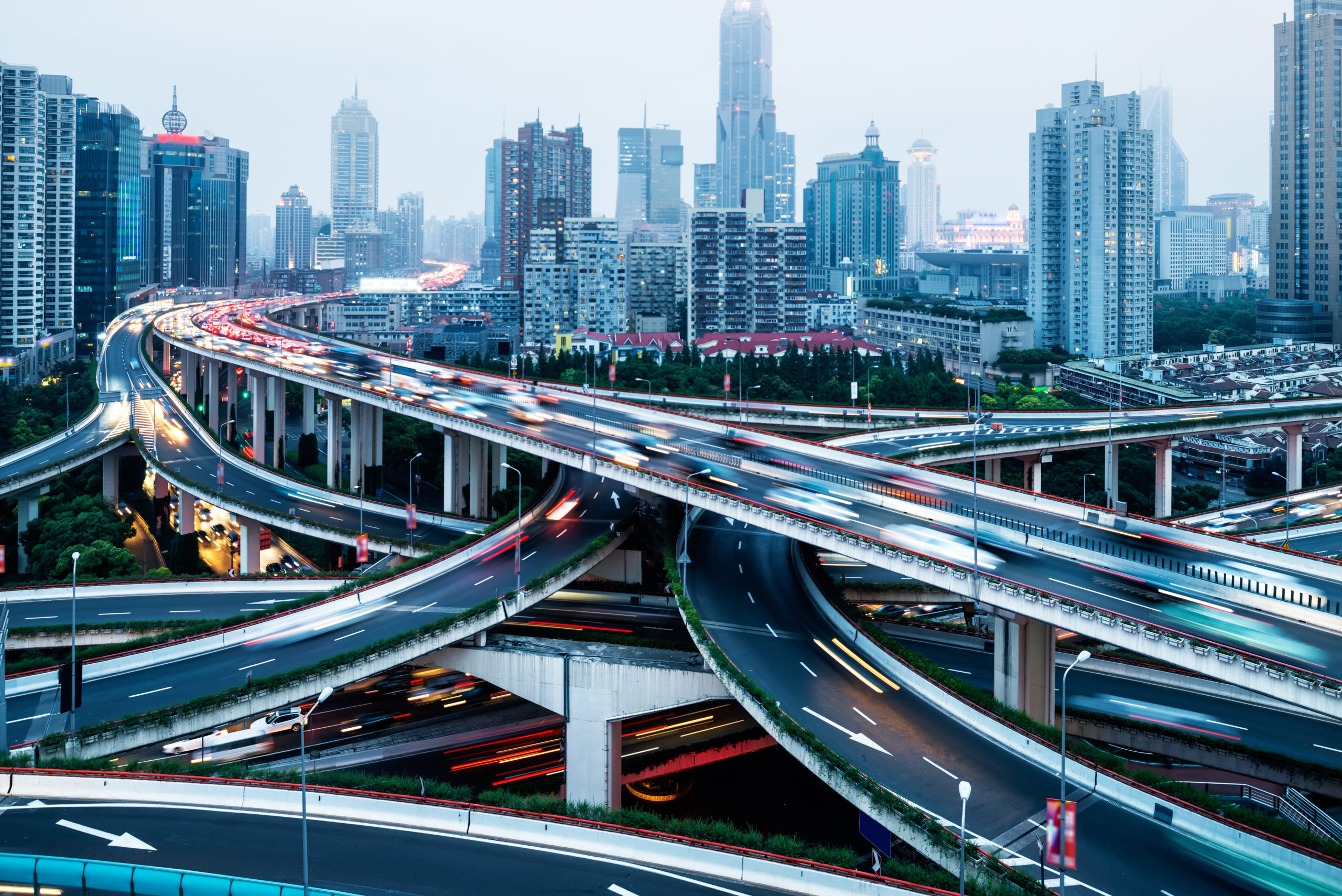Only a beginning, my own state, New Jersey, can plan on new school buses, concrete casing funds for the Hudson Tunnel Project, and a network of EV chargers. The funding, detailed in a state-by-state White House guide to the new infrastructure act, will facilitate local planning.
Alternatively, we can just look at a whopping number of dots:

Below, you can also get an idea of the massive reach of infrastructure spending (and the Map’s dots) through the ILJA (Infrastructure Investment and Jobs Act) and the IRA (Inflation Reduction Act):

U.S. Transportation Infrastructure
The report from the American Society of Civil Engineers (ASCE) confirms the need for considerable refurbishing and rebuilding.
Report Card
Every four years, the American Society of Civil Engineers (ASCE) publishes an infrastructure report card for the U.S. Our 2017 average grade was D+ for 16 categories. During 2021, with a C- average, we fared a bit better because aviation and ports went up by a half grade:

Road Quality
In a 2022 paper, the IMF used speed to assess road quality. Through the following map that was in their detailed 34 page-paper, we can compare the U.S. to the world:
Our Bottom Line: Infrastructures
Infrastructure History
An infrastructure is a network of connections. If it’s transport, then those connections include roads and bridges and whatever takes us to the moon. During the 19th century, a financial infrastructure emerged through a network of banks that connected savers and borrowers. Through our financial infrastructure, money traveled around the economy. Now, we can add an information infrastructure that began with Benjamin Franklin and the 18th century postal service. Today it continues with our online internet connections.
We could say that our transportation infrastructure began when representatives from Maryland and Virginia met in 1785 at the Mount Vernon Conference (yes, the meeting was at George Washington’s home.) to rationalize Potomac navigation. The result was a 13-point document that proclaimed the river was a “common highway.” From there we can jump to a 19th century Clinton who lived in New York. As governor, George Clinton jumpstarted East West commerce by building the Erie Canal. Connecting Albany and Buffalo NY in 1825, it became easier and cheaper to ship manufactured goods and crops between the East Coast and the Midwest. After that we have privately constructed railroads that were supported by government subsidies. Then, skipping a century, we can leapfrog to the highway system built during the 1950s, and to the motels, restaurants, and suburban communities that grew up around it. Today, an aging infrastructure needs rebuilding.
My sources and more: After looking at the ASCE report card, and this Brookings report, you might continue with your state’s infrastructure progress at this White House website.and their maps dashboard. Most interesting though was this mean speed paper from the IMF.
Please note that several parts of today’s sections were in past econlife posts.







